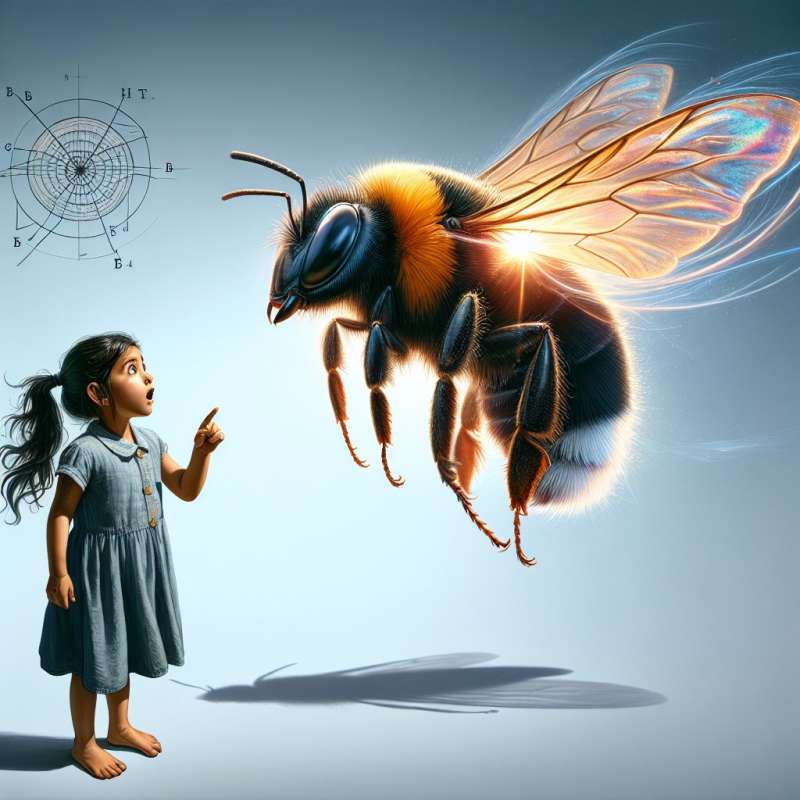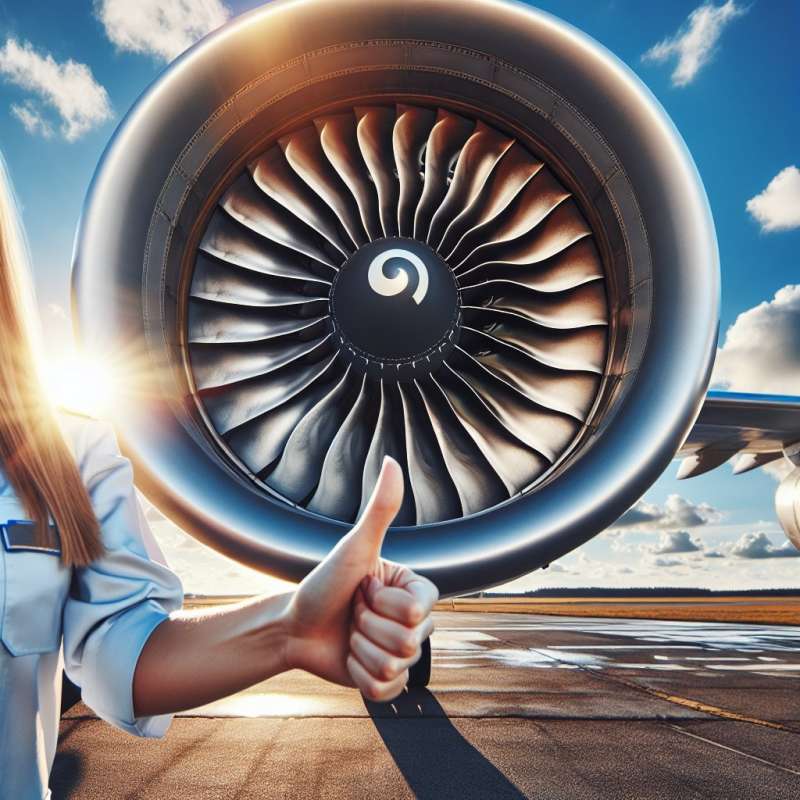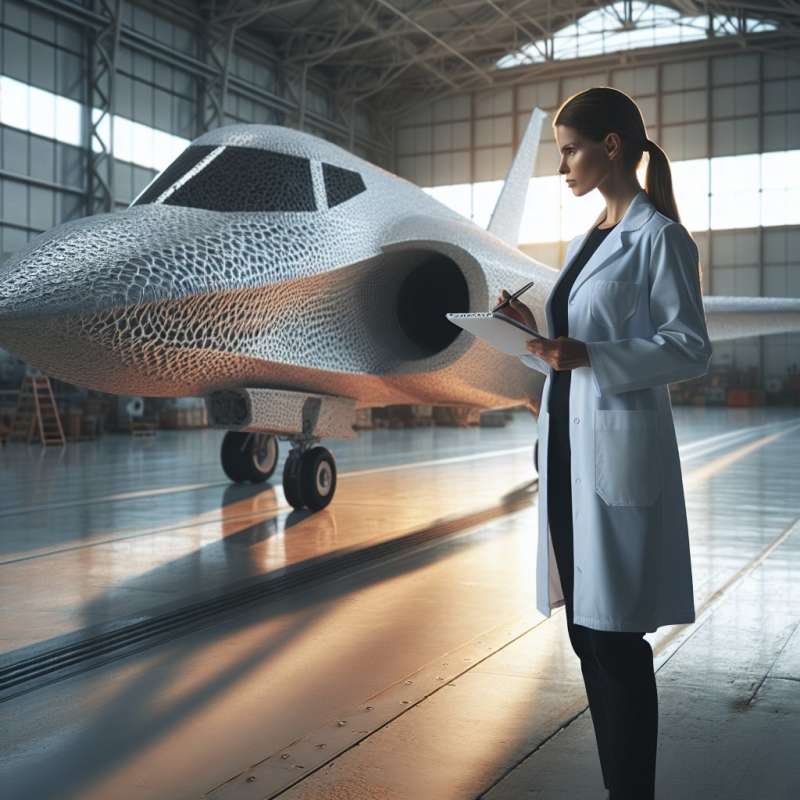
Introduction to Aerodynamics
Aerodynamics is the study of how gases interact with moving objects. It's essential for understanding flight, where air's behavior dictates lift, drag, and stability of aircraft.
Four Forces of Flight
Flight is governed by four forces: lift, gravity, thrust, and drag. Surprisingly, bumblebees defy traditional aerodynamic theories; their short, stubby wings shouldn't support flight, yet they fly efficiently.
Lift: Bernoulli's Principle
Lift occurs when air pressure below a wing is greater than above it. Intriguingly, the principle of lift isn't solely due to Bernoulli's principle; airflow circulation around the wing plays a critical role.
Drag: The Resistance Factor
Drag is the resistance an object faces in a fluid. It's counterintuitive, but smooth surfaces can sometimes increase drag due to a lack of turbulent boundary layers which help streamline flow.
Thrust: Propelling Forward
Thrust is produced by engines or propellers, pushing aircraft forward. Jet engines are marvels, compressing air and mixing it with fuel to produce incredible thrust, propelling planes at high speeds.
Flight Dynamics
Flight mechanics are governed by pitch, roll, and yaw. Interestingly, dragonflies are masters of flight mechanics, with the ability to hover and maneuver sharply, all thanks to their independent wing control.
Aerodynamic Innovations
Aerodynamics isn't stagnant. For example, the 'sharkskin' technology mimics shark dermal denticles to reduce drag in aircraft, potentially revolutionizing efficiency in the aerospace industry.
What is aerodynamics?
Study of solid objects' movement
Study of gases and moving objects
Flight control by pitch and yaw
Company